Great Mid-Century Designers 101: Reff Furniture
We’re always keen to showcase Canadian vintage furniture, as we did with a series of posts last year. In this post, we turn the spotlight on Toronto’s Reff Furniture.
Reff was co-founded in 1964 by three brothers and a cousin—Robert, Eric, Frank and Fred Drechsel. They launched the firm with a plan to create seating and office systems. Their motto? “Quality. Value. Service.” (Drechsel)
Their first forays into design went beyond what they had initially envisioned to include dressers, headboards, and other bedroom furniture that is still popular today. The company was also known for its modular wall units for the home that incorporated small storage boxes, shelves, and desk units, like this one, from our collection:
Reff teak wall unit. Image from VHB.
As the company grew, the founders became more interested in modular construction, like that used in their wall units. Following this new direction, Reff Furniture moved exclusively to office furnishings in 1978. Five years later, they created System 6, a “revolutionary wood-panel office system.” (Knoll)
In 1989, Reff was purchased by Knoll, the company created by Hans and Florence Knoll. (Although the Drechsels no longer own Reff, there is still a link to the original founders. Fred Drechsel established Drechsel Business Interiors in 1991 and built it into Canada’s leading distributor of Knoll products. He was with the company until this year, when he stepped down in a planned transition, with his daughter, Tova, taking over as president.)
System 6 is the basis for the newest Reff line, produced by Knoll and called Reff Profiles.™ The new Profiles line includes freestanding cabinets and credenzas that sit above the ground to “communicate lightness in scale and a fluidity that are very modern.” (Knoll) A typical configuration is shown below:
Reff Profiles. Image from Knoll.
The lightness and fluidity of Reff’s modern office furniture is also found in the company’s original designs for the home, several examples of which have come through VHB’s doors.
The vintage Reff dressers we’ve had in our collection are elevated on high, slim legs to create a sense of openness. The quality cited in Reff’s original motto is also abundantly evident in the aesthetics and functionality of these pieces, as you can see below. Rosewood legs contrast beautifully with the teak drawers. Recessed drawer handles provide easy access to the interiors, while the absence of traditional drawer hardware creates a sleek, elegant look. Barefaced housing joints add strength to the drawers. Thick teak veneer was made to last and looks as stunning now as it did when these dressers were first made.
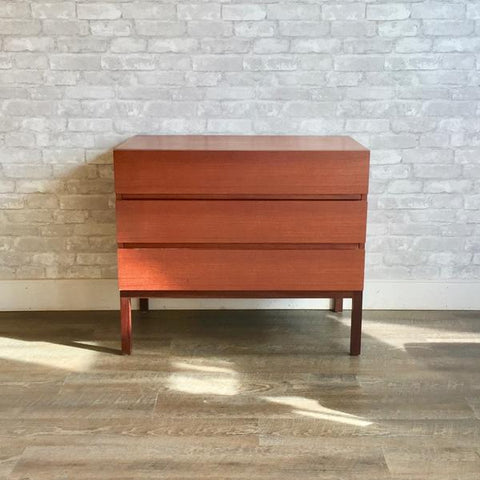
Reff teak 3-drawer dresser. Image from VHB. (No longer available.)
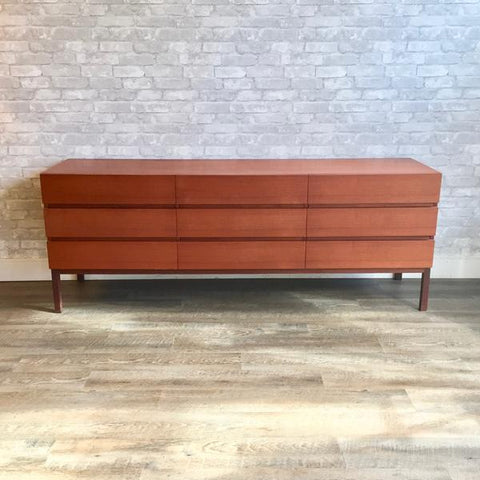
Reff wide teak 9-drawer dresser. Image from VHB. (No longer available.)
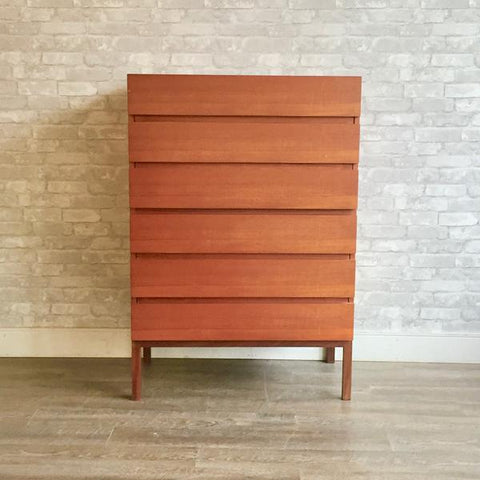
Reff tall teak 6-drawer dresser. Image from VHB. (No longer available.)
The design of the dressers is echoed in Reff’s bed frames, which were often made with floating side tables, as seen here:
Image from Furniture 1950.
Like the dressers, Reff bed frames had a very streamlined appearance and used both teak and rosewood to great effect. The teak headboard below is finished with rosewood trim and legs:
Reff teak and rosewood headboard. Image from VHB.
A similar aesthetic is seen in this unique dressing mirror with drawer. It uses the same construction in the drawer as was seen in the dressers. Also of note are the extremely clean lines of the frameless mirror.
Reff dressing mirror. Image from VHB.
Quality craftsmanship is seen as well in Reff’s teak modular wall units. Rails came with or without teak veneer. Shelves had varying depths and defined edges with pronounced angles and lines, as seen in this:
Reff teak modular wall unit. Image from VHB collection.
In its fullest size, a Reff wall unit could incorporate several pairs of shelves and drawer units, like this one:
Reff wall unit. Image from VHB collection.
Reff’s wall units also came in freestanding models, like the one shown below, supported by tall tension poles:
Image from Tribute Decor.
In an interview with Canadian Business Journal in 2012, Frank Drechsel talked about the importance of quality and sustainable thinking in the furniture business. He recalled being appalled by the throwaway mentality he encountered when he first moved to Canada from Germany. Instead of poorly built furniture that will need replacing a few years after purchasing, Drechsel Business Interiors focuses on pieces that are made to last. As he noted: “Manufacturing is already something where you use a lot of resources, and those resources, whether you build something good quality or not as good, are the same—the same steel, the same fabric, the same wood, the same labour, so why not have something that is sustainable?” His company also stresses reuse, asking clients to update existing furniture and blend it with newer pieces.
It is a very mid-century modern way of thinking: create high-quality, timeless furniture that lasts for generations. And it is clearly a philosophy he and his colleagues followed with Reff Furniture, whose vintage pieces remain highly collectible today.
Post written by Crystal Smith.




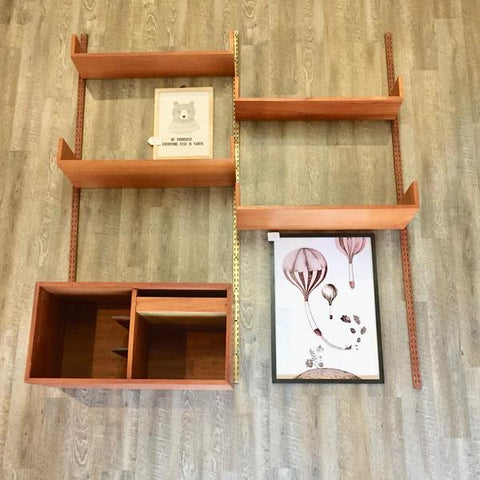
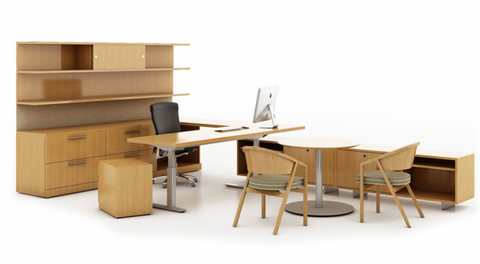

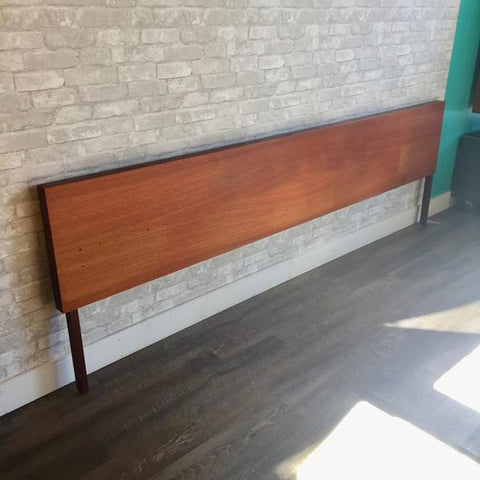
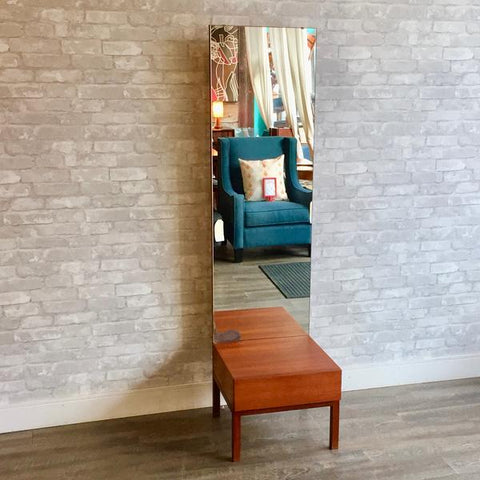

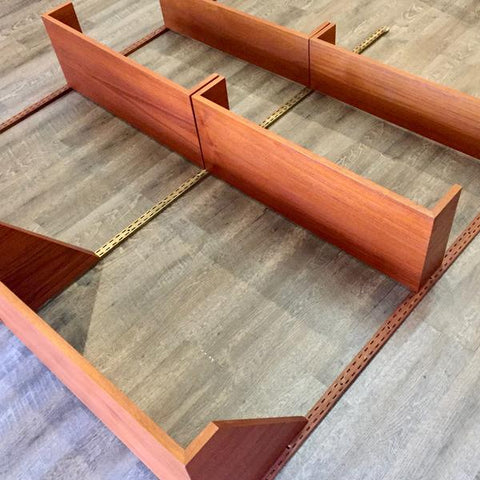
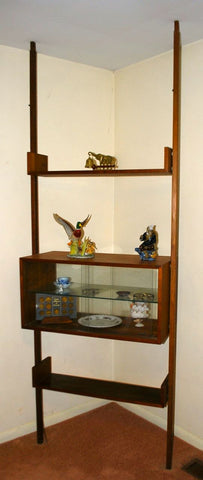
Leave a comment